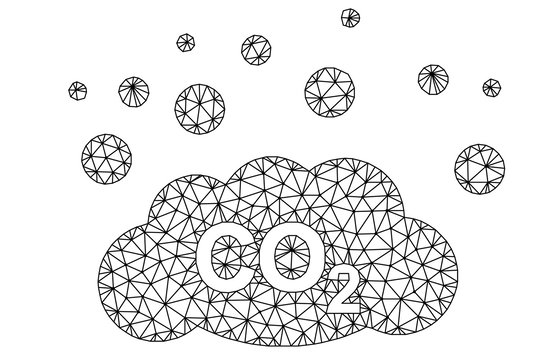Carbon Emissions Audit

Dealing with our organisational carbon emissions is one step we can take to reducing our impact on #climatechange, and even more importantly is the idea that it catches on so all of us start measuring, and reducing, our impact.
Mandy works in our accounts dept and she takes on the bulk of the task. Carbon-accounting is a natural fit for accounts - Mandy now has worksheets and spreadsheets galore set up, and will make this a part of our yearly accounts process. Just like measuring turnover, profit, dead-stock, etc, this is a way in which we will start to give more consideration to sustainability in our business.
Existing Measures
Over the years we’ve already done quite a lot to try to reduce our impact, with various reviews and initiatives, such as:
- We have a renewable heating system at our warehouse.
- We use a 100% renewable electricity supply at our warehouse and office.
- Motion sensor-activated low energy lighting at our warehouse.
- A corrugating machine means we reuse nearly all incoming cardboard and have nearly eliminated bubblewrap.
- The bubblewrap we do use is biodegradable.
- Moved to using paper packaging tape as well as plastic (sometimes the extra strength of the plastic tape is required).
- Moved to paper jiffy bags instead of plastic.
- We are trialing using 2nd hand boxes for packaging.
- Most of the team work from home already so there's very little commuting.
- And all the team, apart from 1 who is living in a temporary house, are on 100% renewable electricity supplies.
- Most of the team now use micro-computers with very low power consumption.
- Our webservers are PAS 2060 certified carbon neutral already.
Scope Breakdown

So you can see that the bulk of our operational emissions are Scope 3 - to do with transport. Scope 1 emissions are relatively low as our warehouse heating is powered by wood pellets and we only heat the office, showroom space and packing area.
Scope Breakdown

So Most of our emissions are Scope 3, to do with flight, and then car travel. The graph above shows how that breaks down:
Yearly comparison

An here is the yearly comparison.
In 2023/2024 our operational emissions were around 17 tonnes CO2/year. Close to the emissions of an average North American person.


